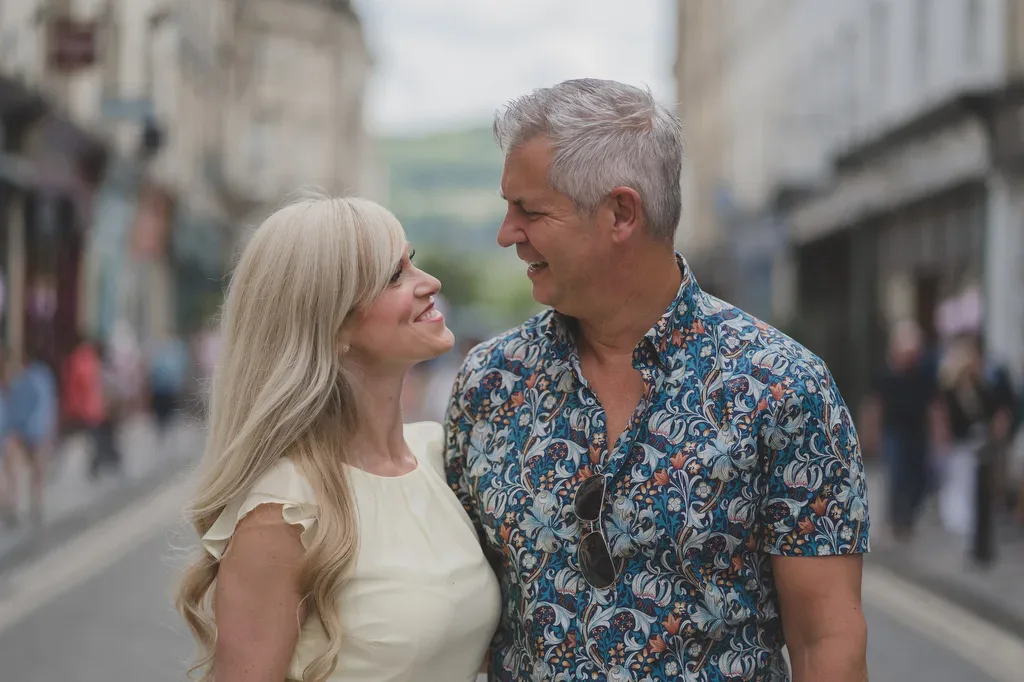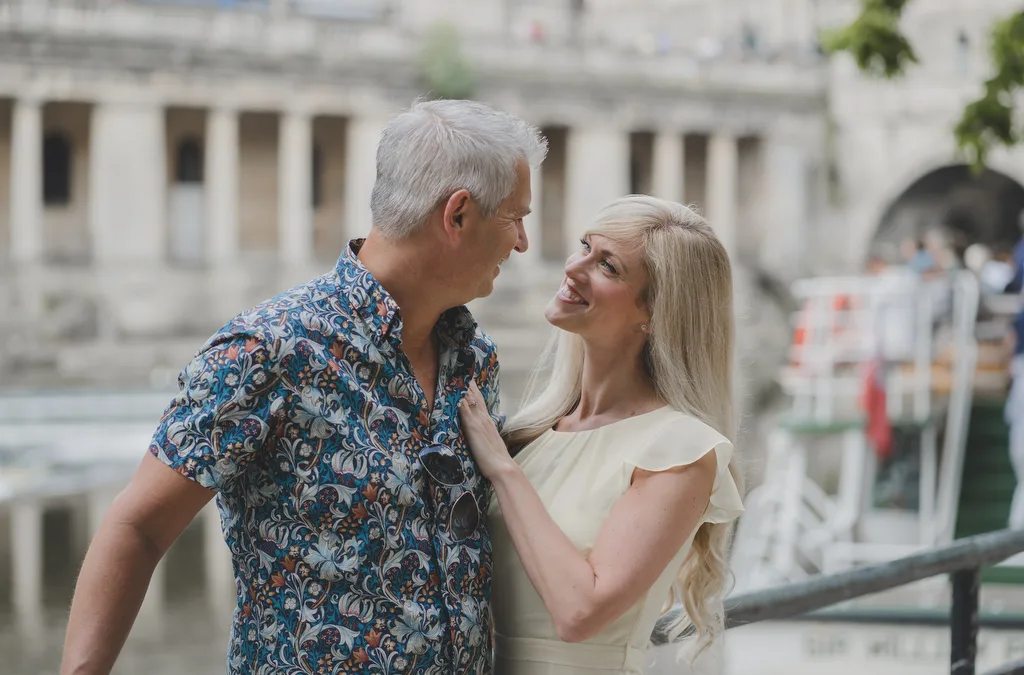Pre-Photo Shoot in the City of Bath
The world of wedding photography is as thrilling as it is demanding. It’s a profession that requires a subtle blend of technical skills, an artistic eye, and an instinctive ability to capture those fleeting, intimate moments that make each wedding unique. However, these can be honed, particularly if you’re stationed in an area as picturesque as Bath, a historic city in the United Kingdom that’s renowned for its architectural beauty and scenic landscapes. For the purpose of this article, we’ll be focusing on pre-engagement photo shoots, an exciting niche within the broader umbrella of wedding photography Bath , and Wedding Photography frome.
Skills
Develop Your Technical Skills: Being a proficient photographer requires mastering your camera settings, and understanding how to manipulate depth of field, shutter speed, and ISO to create the perfect shot. Start with the basics and work your way up.
Creativity and Imagination: Be open to experimenting with different perspectives, locations, and lighting. Push your boundaries as it helps to set your photography apart.
People Skills: Wedding photography involves dealing with people. Practice how to direct and make them comfortable in front of your lens.
Post-production Skills: This includes editing and retouching photos using software such as Lightroom or Photoshop. Learn how to enhance photos while keeping them natural-looking.
Physical Stamina and Stress Management: Wedding shoots can be long and demanding. Practice techniques for staying energetic and managing stress during these sessions.
Business and Marketing Skills: Learn how to market your services, manage clients and contracts, and run your business efficiently.
Storytelling: Be able to tell a story through your photos. Remember, each wedding is a love story waiting to be told.
Timing: Learn how to anticipate moments before they happen. It takes practice but is crucial in capturing those special moments.
Photographic Style: Develop a unique style. It could be photojournalistic, traditional, or a mix of styles. Check out natural wedding photography for inspiration.
Continuous Learning: Keep up to date with the latest trends and techniques in wedding photography. This will help you stay relevant in a competitive industry.

Lighting
Understanding Natural Light: Mastering the use of natural light can drastically improve your photos. Learn to use different kinds of natural light to your advantage, such as golden hour light, harsh midday light, and soft overcast light.
Using Flash: Knowing when and how to use Flash can make a world of difference, especially in low-light conditions or indoor settings.
Reflectors and Diffusers: Learn how to use these tools to manipulate light and achieve the desired effects in your photos.
Shadow Play: Shadows can add depth and drama to your photos. Learn to see and use them creatively.
Backlighting: Master the technique of backlighting to create stunning silhouette shots and enhance the atmosphere in your photos.
Dappled Light: This can create interesting patterns and effects in your photos. However, it can also be challenging to work with. Practice makes perfect!
Artificial Lighting: Understand how to use artificial lighting sources, like lamps, fairy lights, and LED lights, to create unique effects and enhance the mood of your photos.
Night Photography: Wedding events can stretch into the night. Learn how to effectively capture great shots even in low-light conditions.
Use of Light in Composition: Use light as a compositional element to guide the viewer’s eye or highlight certain parts of the image.
Post-processing: Learn how to use post-processing techniques to enhance lighting in your photos. This can help fix minor lighting issues and enhance the overall mood of the image.
Gear
DSLR or Mirrorless Cameras: Both types of cameras have their pros and cons. Choose one that suits your style of shooting and budget.
Lenses: Invest in a few good lenses. A wide-angle lens for capturing venues and large groups, a telephoto lens for close-ups, and a fast prime lens for low-light situations is essential.
Backup Equipment: Always carry a backup camera, lenses, batteries, and memory cards. You never know when they might come in handy.
Tripod: Useful for group shots, long exposures, and when you want to be in the photo!
Flash Equipment: An on-camera flash for indoor shots and an off-camera flash system for more creative lighting effects are a must.
Reflectors and Diffusers: These can help manipulate light and add professional polish to your photos.
Camera Bag: A sturdy, comfortable, and easy-to-access bag will help protect your gear and keep it organized.
Editing Software: Invest in good editing software. Adobe Lightroom and Photoshop are industry standards.
Online Portfolio: Consider investing in a website to showcase your work and attract potential clients.
Business Cards and Promotional Materials: These are essential for networking and promoting your services.
Composition
Rule of Thirds: This classic rule helps create balanced and engaging photos. Practice incorporating it into your photos.
Leading Lines: Use natural lines to lead the eye into the image. This could be paths, walls, or patterns.
Framing: Use natural or architectural elements to frame your subjects. This helps draw the viewer’s attention to the subject.
Symmetry and Patterns: Look for symmetry and patterns in the scene. They can make your photos more visually appealing.
Depth: Use elements in your scene to create a sense of depth. This makes your photos more engaging and three-dimensional.
Backgrounds: Pay attention to your background. A cluttered or distracting background can ruin a great shot.
Point of View: Don’t be afraid to experiment with different angles and perspectives. It can give your photos a unique look.
Fill the Frame: Get close to your subject and fill the frame. It can help eliminate distractions and focus on the details.
Space to Move: When capturing people in motion, give your subject some space to move into the frame. This creates a sense of direction and movement.
Post-processing: Learn how to use editing tools to improve composition, such as cropping and straightening.
Seeing the Subject Through the Lens
Connection: Try to connect with your subjects. This can help bring out their true emotions and personalities in the photos.
Anticipation: Anticipate moments before they happen. This can help you capture genuine and spontaneous reactions.
Eye Contact: Encourage your subjects to make eye contact with the camera. This can create a powerful connection with the viewer.
Inclusion of Context: Sometimes, including the environment in the shot can add context and tell a deeper story.
Detail Shots: Capture details like rings, flowers, decor, etc. These small elements help to tell the complete wedding story.
Candid Shots: Candid shots often capture the real emotions and spirit of the wedding. Be ready to capture these unposed moments.
Group Shots: While these may be more formal, try to infuse them with fun and energy. This can make the photos more engaging and memorable.
Experimentation: Don’t be afraid to experiment. This could mean using unusual angles, playing with light, or trying out creative ideas.
The Couple: Remember, the couple is your main subject. Try to capture their personalities, love, and joy.
Telling a Story: Each photo should contribute to the overall story of the wedding day. Think about this when composing and taking your shots.
To conclude, let’s look at the work of an accomplished wedding photographer, Michael, who has been providing wedding photography Bath services for many years. His work is renowned for its creative flair, empathetic approach, and technical proficiency. He possesses a deep understanding of the day’s timeline, ensuring every vital moment is captured beautifully.
His travel photography showcases his flexible style and ability to adapt to diverse settings. He’s adept at making the most of Bath’s picturesque locales, bringing out the romance of the city in every photo. With top-of-the-line equipment, an intimate understanding of lighting and composition, and a distinct artistic vision, Michael has made a significant mark in the wedding photography frome scene. Reviews praise his friendly demeanor, professionalism, and exceptional talent for capturing the day’s emotions. A look at his diverse and evocative portfolio can indeed be a rich source of inspiration for any budding wedding photographer.
Wedding photography is an art that requires constant learning, adapting, and evolving. So grab your camera, explore the quaint cityscape of Bath, connect with the love stories around you, and remember to enjoy the process. After all, there’s no better teacher than experience itself. Happy shooting!

